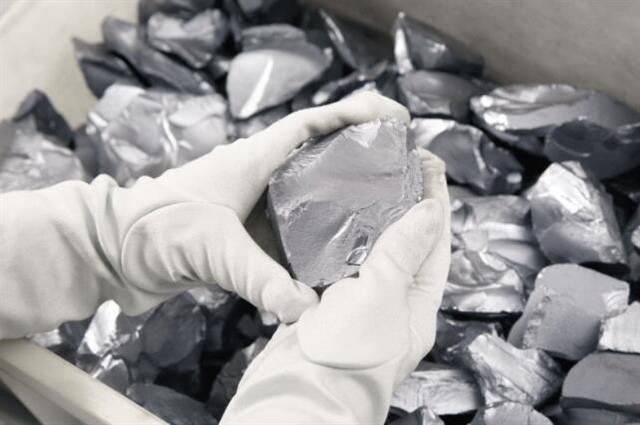
Polysilicon recharging: up by 0.54%, with an average price of 205,300 RMB/ton;
Polysilicon prime for mono: up by 0.74%, with an average price of 203,200 RMB/ton;
Polysilicon prime for multi: up by 0.96%, with an average price of 200,600 RMB/ton.
As for the reasons behind the price rise, the Association believes that when module manufacturers recover to full capacity, silicon wafer manufacturers that reduced production earlier have greatly restored their procurement demand, while the silicon supply is insufficient. This results in the turn of the weak balance between supply and demand. In addition, the prices of downstream sectors have grown. The above factors all supported the stabilization and slight recovery of polysilicon price this week.
LV Jinbiao, Deputy Director of the Expert Committee of the silicon branch, told Solarbe that at present, the provision of polysilicon is still in a basically balanced state. The demand will rise at the end of the year, and the operating rate of downstream small and medium-sized manufacturers has recovered. At the same time, the supply of polysilicon has slightly climbed. The monthly output has exceeded 40,000 tons, and over 10,000 tons have been imported. “The key is to ensure safe and stable operation, as well as quality, since the quality requirements for silicon materials are relatively high,” Mr. LV said.
The price of silicon wafer has also seen a rebound. Zhonghuan Semiconductor, a Chinese wafer manufacturer, has just released the latest price, with an increase of more than 5%.
Yin Yeze, Deputy Editor in Chief of Solarbe, believes that the wafer manufacturers’ previous move to reduce prices was to stimulate production expansion of downstream enterprises. Since a large number of photovoltaic projects have been started in the third and fourth quarters, the demand for modules has doubled. Upstream enterprises have also benefited from it, resulting in changes in supply and demand, and also the prices.
He commented that, “The price increase may result in 0.04-0.045 RMB/W rise in the cost of solar cells. However, the price of cells is affected by the relationship between supply and demand, the previous prices, and the profit expectations of cell enterprises.” However, he predicts that module prices will remain high in the coming months.
According to the data released by China’s National Energy Administration, 13.01 GW of solar PV was installed nationwide in the first half of this year, with distributed projects contributing a majority of the capacities. The newly installed capacity of utility-scale power plants was even lower than that in the same period last year.
According to the prediction of China Photovoltaic Industry Association, the newly installed capacity of 2021 will not be less than 55 GW, which means that more than 40 GW need to be connected to the grid in the second half of this year. With the continuous development of overseas markets, the global installed capacity is likely to exceed 150 GW and the demand for modules will exceed 170 GW in 2021.


